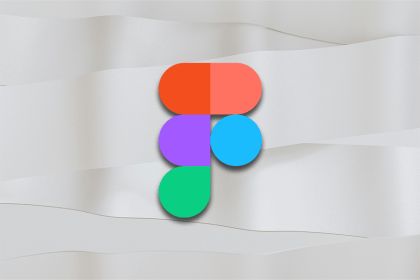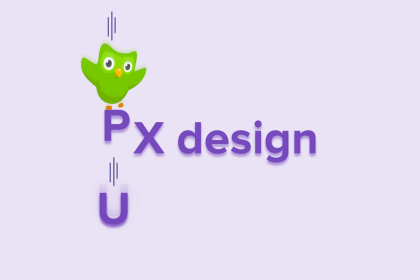
When it comes to UX design, the terms ‘archetype’ and ‘persona’ are often used interchangeably, but they serve different purposes. More on that in this blog.

Here’s a short guide to getting started with and using component properties in Figma, so you can begin experimenting yourself.

Used correctly, faceted filtering far outweighs any perceived issues around complexity and interaction cost.

What makes a design skeuomorphic in modern UX? What key challenges are there in modern-day skeuomorphic design?

Growing design teams hit roadblocks. DesignOps clears the way. Here’s how to create processes that actually work.

The Doherty Threshold suggests that when feedback occurs within this timeframe, users feel more in control and remain engaged.

Our team kept running into misalignment, rework, and wasted effort. A simple design kick-off meeting helped us fix it — here’s how.

Progressive disclosure is a design technique that involves revealing information gradually based on the user’s needs.

Ultimately, “PX” and “UX” are both just words. Here’s what I liked (and didn’t) about Duolingo’s newest announcement.

Dive into the world of mobile UX design and explore the best practices, common challenges, and examples of apps that are doing it right.

Clickable text seems simple, right? Until a button blends into the background or a ghost link disappears on hover. Let’s fix those clickability fails.

Neon lights, chunky buttons, and pixel-perfect nostalgia — retro-futurism in UX is more than a vibe. It’s a strategy. And here’s how to use it.